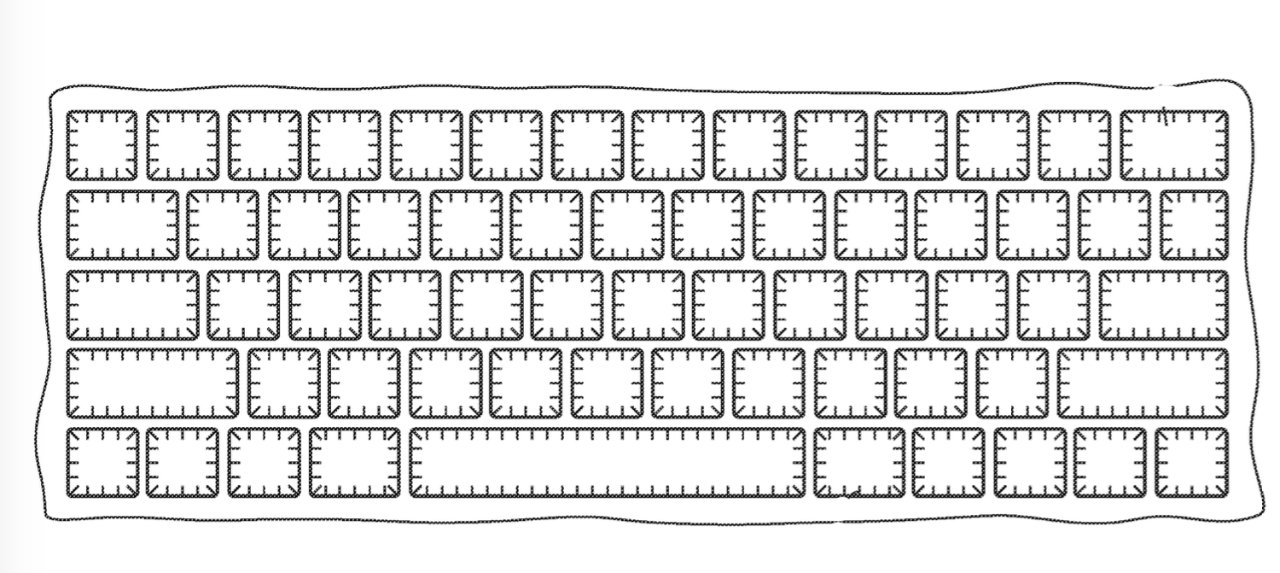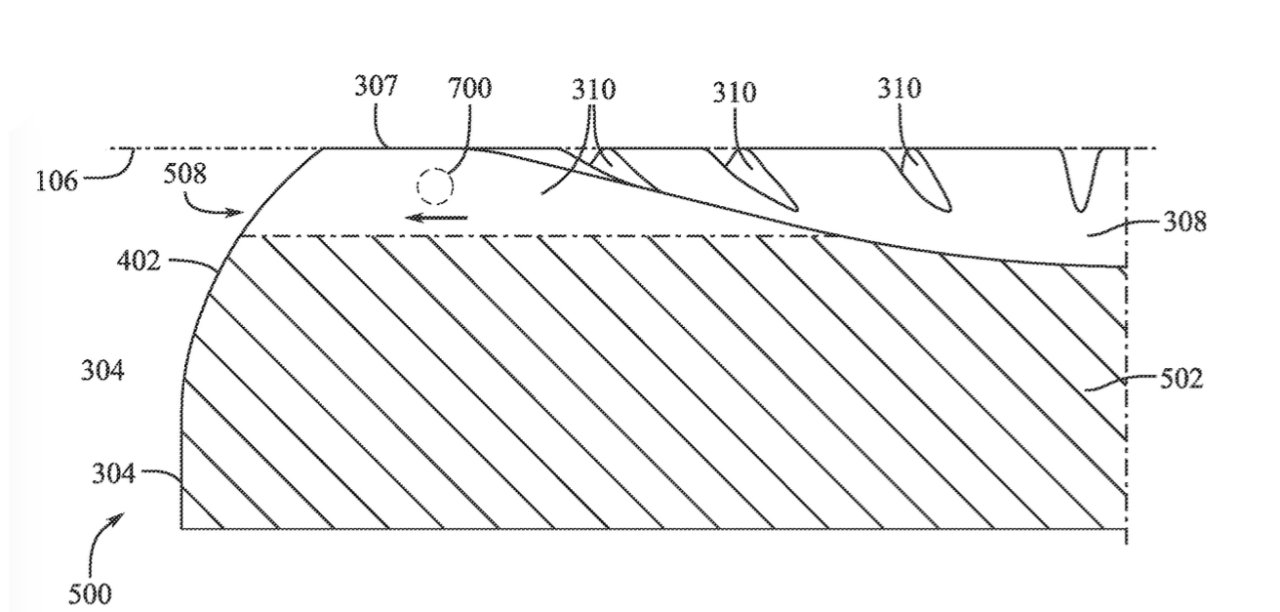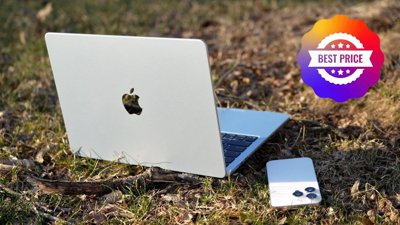Apple is researching a novel way to keep MacBook Pro displays clean — by changing the structure of keys on the keyboard.
Apple has previously issued support documents about keeping displays clean, and it's also tried very many times to make a new keyboard. Some attempts have been less successful than others.
But now in a newly-granted patent called "Keycap particle evacuation structure," Apple is looking to see if a clean keyboard means a clean screen.
"[A] keyboard is one of the most frequently touched parts of a computer," says Apple. "Over time, keyboards collect large amounts of oil, dirt, grime, and other contaminants, especially from a user's hands."
"Recent advances in portable computing have also led to thinner, more compact devices," it continues, which "increases the likelihood of contact between the keys of the keyboard and the display while the notebook computer is closed and the display screen is positioned adjacent to the top surfaces of the keycaps."
"[Consequently] contaminants and debris on the keycaps can cause damage to the display," says the patent. "For example, oil on the keycaps can transfer to the display when the display is closed over the keyboard thereby leaving unsightly oil smudges at the points of contact with the display."
There is also the fact that "dirt on the keycaps can scratch the face of an abutting display." But even in ordinary, everyday use, you've seen a faint outline of the keyboard on a MacBook Pro display and Apple is right that it is unsightly.
Since there is no way to avoid our fingertips leaving an oily trace, and no practical way to ask us to wear gloves, Apple is not planning to do much about this. It just intends to use keycaps that have a "polished surface [which] is also resistant to oil and dirt buildup."
Even with that, though, Apple is really saying it can't do much and it can't change our fingers. However, it can change the keycap design to make them either more convex or concave — and Apple doesn't care much either way.
One design proposed having keys that feature "a recessed area designed to interface with the user's finger in an ergonomic fashion." In this case, the ergonomics are a bonus because the "recessed area does not contact the display portion of a computing device, therefore reducing degradation of the display from oil, dirt, and grime on the keycap."
Apple equally suggests "a polished, raised surface that minimizes the contact surface of the keycap with the display of a computing device." That would mean making a keyboard where the keys were at least slight convex.
That would definitely minimize how much of the key could ever come in contact with the display. But if you've ever used various computers from the 1980s that had even faintly convex keys, you know that typing on them is horrible.
In either case, though, the convex or concave designs are for the very top of the keycap, and Apple proposes a same groove around the keys for each.
"The grooves are designed to catch dust and dirt particles and then efficiently evacuate these particles away from the smooth raised portion configured to contact the display," says Apple. "These grooves allow oil and dirt to be swept from the contact and recessed areas of the keycap."
This patent is credited to two inventors, including Samuel O. Schneider. His previous work for Apple includes patents and applications regarding the Apple Vision Pro.
 William Gallagher
William Gallagher








-m.jpg)






 Wesley Hilliard
Wesley Hilliard
 Amber Neely
Amber Neely

 Malcolm Owen
Malcolm Owen


 Christine McKee
Christine McKee




-m.jpg)



25 Comments
It would be nice if Apple could allow us to clean the keyboards without starting the Mac up with a key press. This is part of the auto on they use now. I have a MacBook Pro M1 and it is really annoying when I clean the keys to have the Mac startup. Any key.
Apple might be well advised from past experience: Just leave the keyboard well enough alone😊
“looking to see if” != “wants to”